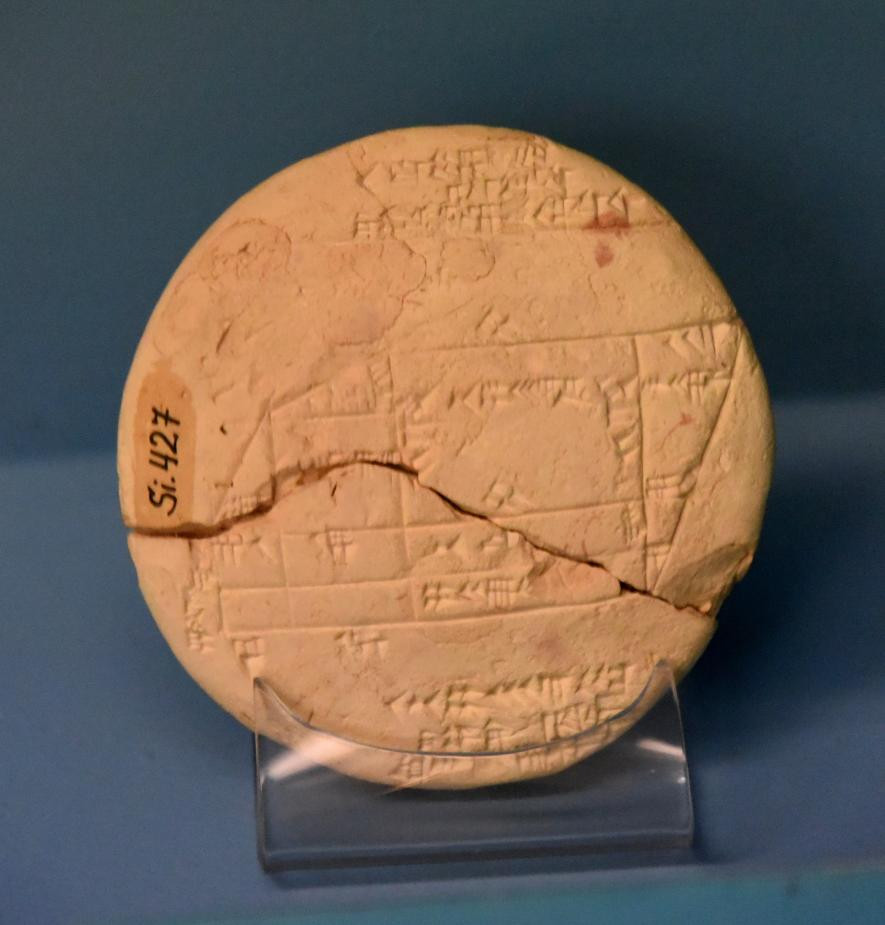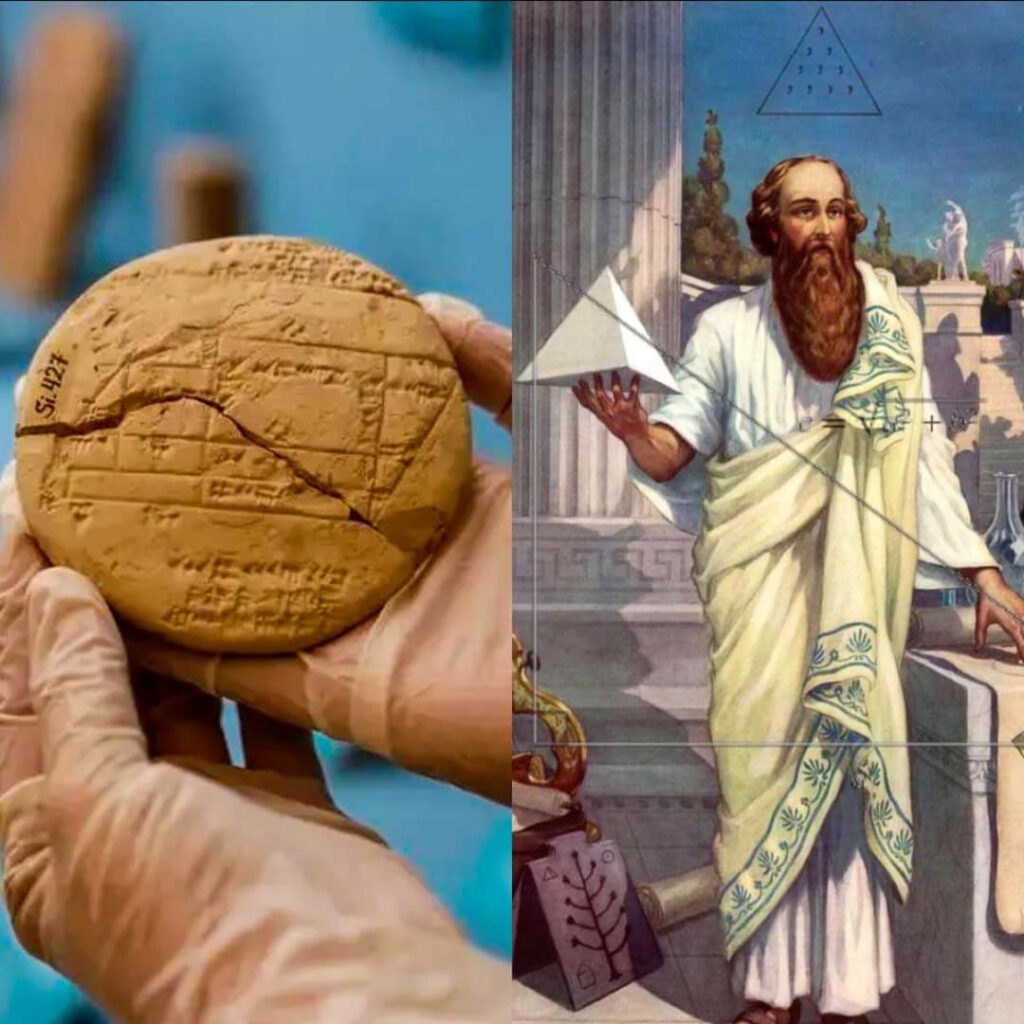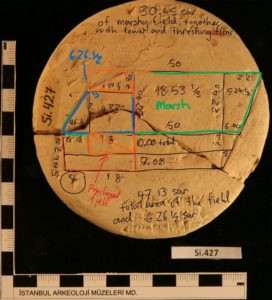Unearthing the Roots of the Pythagorean Theorem
A 4,000-Year-Old Mathematical Marvel

In a groundbreaking discovery, a clay tablet from ancient Babylon has rewritten our understanding of mathematical history. This remarkable artifact, known as Si427 and housed in the Archaeological Museum of Istanbul, provides compelling evidence that the Babylonians were well-versed in what we now call the Pythagorean theorem, long before Pythagoras himself was born.
The Surveyor’s Legacy
The tablet, etched by a Babylonian surveyor four millennia ago, contains intricate land measurements calculated using advanced trigonometric methods and Pythagorean triples. Daniel Mansfield, a mathematician from the University of New South Wales in Sydney, deciphered the tablet’s engravings, revealing the oldest known application of practical geometry.

Decoding Ancient Wisdom
Precision in Practice
The ancient surveyor’s work demonstrates an impressive level of mathematical sophistication. The tablet features a series of precise rectangular land divisions, calculated using well-known Pythagorean triples such as 3-4-5, 8-15-17, and 5-12-13. Mansfield notes that the engravings were likely made on-site, with the surveyor etching the clay as he worked the land.

A Lingering Mystery
While much of the tablet’s content has been deciphered, one enigma remains. A sexagesimal number, 25:29, appears on the tablet without clear context. Whether it represents a calculation step or an additional land area measurement is yet to be determined, leaving researchers with an intriguing puzzle to solve.

This ancient artifact not only showcases the mathematical prowess of the Babylonians but also challenges our perceptions of the development of geometric knowledge throughout history.

